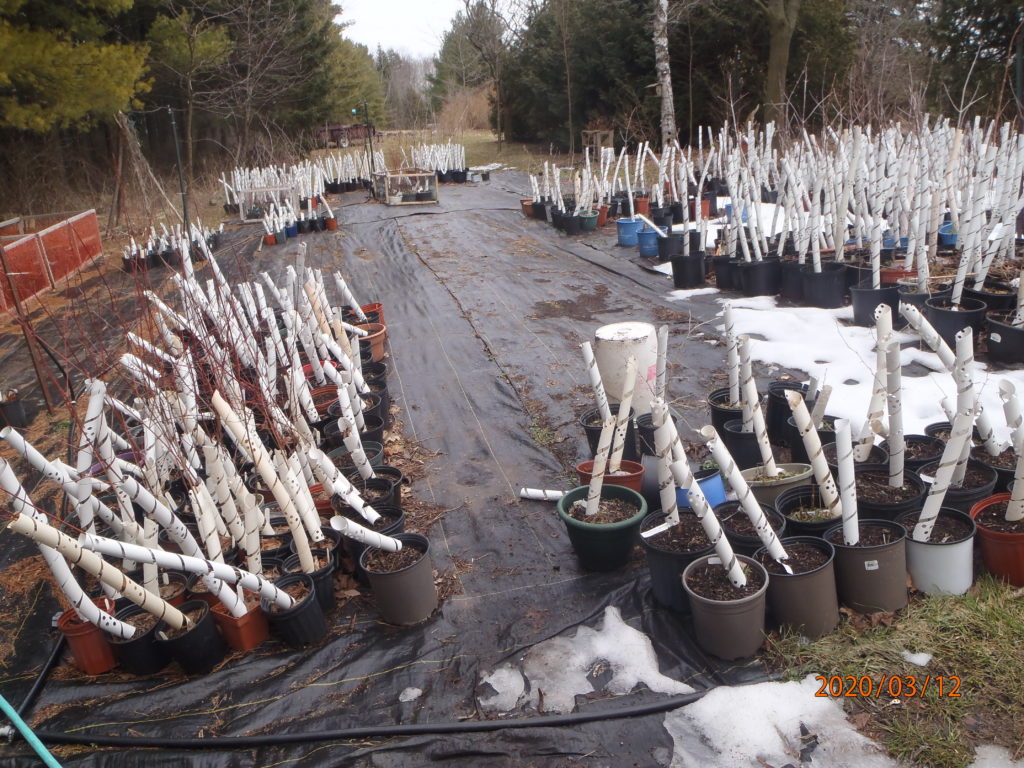Milkweeds are definitely under rated plants and, unfortunately, only associated with Monarch butterflies. This is a good starting point but not the full story of milkweeds. Even the name is interesting. The Genus name honors the Greek god, Asklepios, the god of medicine. There are 100 species throughout the world and Canada has 13 native to her soils of which Ontario boasts 11.
There have been planting programs to bring back milkweeds to the landscape. Why? The obvious answer is that this plant group is the food source for the magnificent Monarch and its caterpillars. The loss of milkweeds in Monarchs spring and summer breeding areas is believed to be a significant factor for their decline in populations. Agricultural intensification, development of rural lands and the use of mowing and herbicides to control roadside vegetation have all lead to the drastic decline of milkweeds.

But beyond the Monarch, many insects and hummingbirds drink nectar from its flowers. In fact, because milkweeds produce vast amounts of nectar over a sustained period, it is rated by pollination experts as a plant of special value to native bees. Orioles will use the plant fibers from its stems to construct nests. Other nesting birds use the silks from seed pods to line their nests. The Queen butterfly, dogbane tiger moth and milkweed tussock moth also use milkweed as their larval plant.
In Nature, every act uses biological energy. The production of flowers, leaves and nectar are all carefully planned since energy must be diverted into each process. The production of high quality nectar by milkweeds is no accident and is totally dependent on the process of pollination. The pollination path of milkweeds is quite complicated and intricate.
All milkweeds are incompatible. They can’t pollinate themselves but must depend on insects to transfer pollen between unrelated plants. Compared to other insect visited flowers, milkweeds are very unique. Their pollen is contained in small, waxy sacs (pollinia) that are located in vertical grooves (stigmatic slits) within the flower. Each pollinia contains several hundred pollen grains which are inaccessible to pollinators visiting, milkweed must offer large amounts of nectar as a reward. Not only does milkweed offer large amounts of nectar, the nectar is of very high quality.
When insects come for their nectar reward, their legs or mouth parts may slip into the stigmatic slits and come into contact with the pollinia sacs containing the pollen grains. The sacs are barbed in nature and is removed from the flower as the insect tugs its body part out of the stigmatic slit. The unknowing insect then transfers pollen to the next milkweed. Although this process is complicated it does not require ‘specialist’ insects. Insects need only be large enough to remove and carry the pollinia to the next flower.
Interestingly, not all larger insects visiting milkweeds are equal in their pollinator abilities. A huge array of insects visit milkweeds from bees, wasps, butterflies, moths, flies and beetles. It is the large bees and wasps and butterflies that are the most efficient pollinators of milkweed. And even though Monarch butterflies visit milkweed flowers often, they are not efficient at transferring pollinia. Believe it or not, it is the swallowtail butterfly family that are important pollinators of this plant. From my research, bumble bees, honeybees, eastern carpenter bees are the most significant insect pollinators.
If you would like to read further on the native milkweeds of Ontario please visit the milkweed article.







